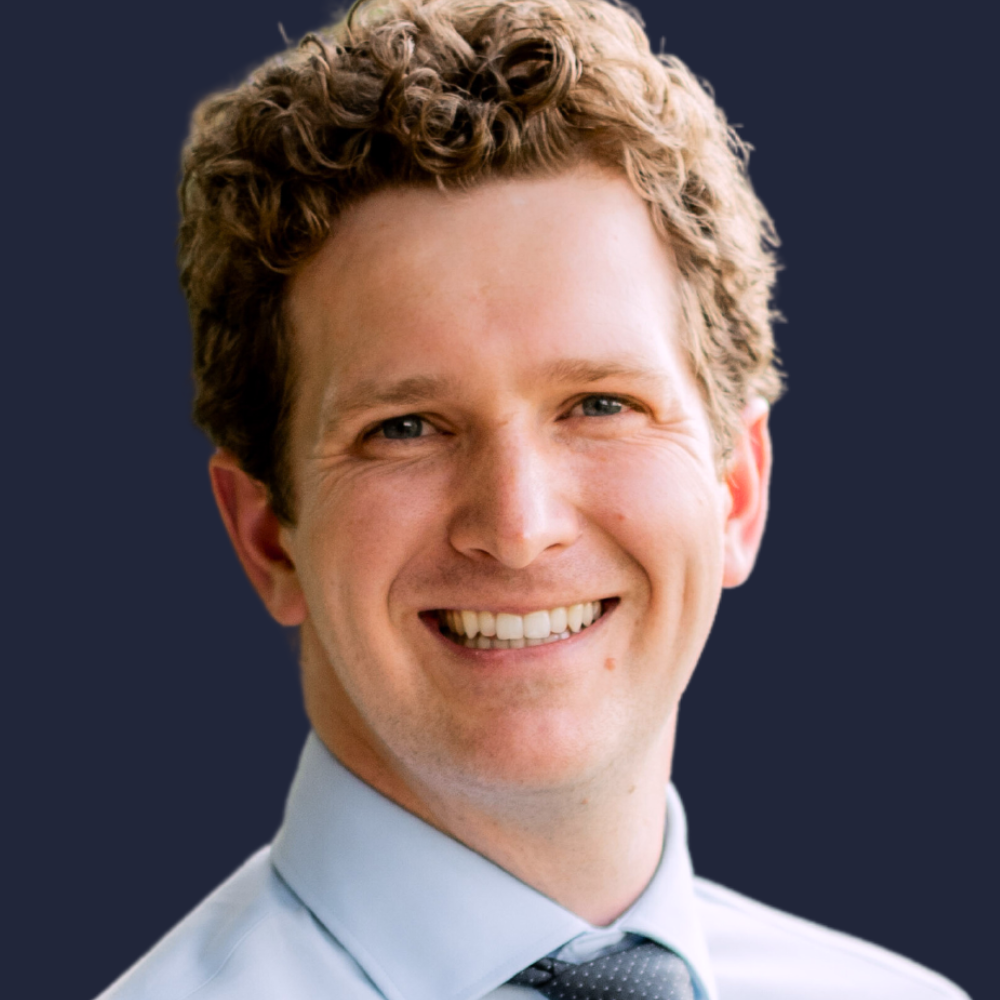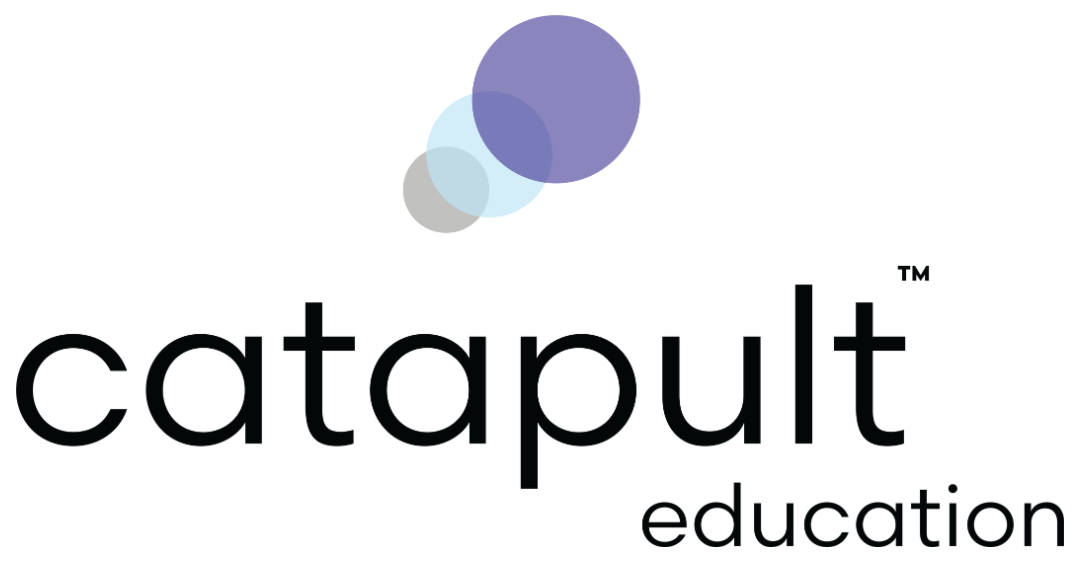Dr. Barett Andreasen
Oral and Maxillofacial Radiologist
South Jordan, UT

Lecture Topics
- CBCT Interpretation
- Panoramic Radiographs
- Maxillofacial Anatomy and Pathology
About Dr. Andreasen
Dr. Barett Andreasen is an accomplished Oral and Maxillofacial Radiologist, lecturer, and founder of the oral radiology practice, Radiodontics.
Dr. Andreasen completed his oral radiology residency at the UCLA School of Dentistry, where he received advanced education in interpreting and evaluating CBCT imaging, panoramic radiographs, and other imaging modalities. Since then, he has provided his expertise to dentists and specialists nationwide. He works closely with specialists in Oral and Craniofacial Surgery, Orofacial Pain, Oral Pathology, Orthodontics, and more.
Dr. Andreasen is a strong advocate for patient safety, health, and welfare regarding the use of radiation in dentistry. He believes that proper education of the public and the clinician leads to more effective treatment, diagnosis, and communication.
Dr. Andreasen is a speaker and member of Catapult Education’s Speakers Bureau. In between cases and lectures, Dr. Andreasen enjoys sharing radiology tips on social media and has published several diagnostic aids which are in use in dental school programs throughout the country.
Dr. Andreasen obtained his DDS at Texas A&M College of Dentistry in Dallas, Texas, and graduated with a BS in Biophysics from Brigham Young University. He lives in Salt Lake City, Utah, with his wife, three children, and dog.
Dr. Andreasen completed his oral radiology residency at the UCLA School of Dentistry, where he received advanced education in interpreting and evaluating CBCT imaging, panoramic radiographs, and other imaging modalities. Since then, he has provided his expertise to dentists and specialists nationwide. He works closely with specialists in Oral and Craniofacial Surgery, Orofacial Pain, Oral Pathology, Orthodontics, and more.
Dr. Andreasen is a strong advocate for patient safety, health, and welfare regarding the use of radiation in dentistry. He believes that proper education of the public and the clinician leads to more effective treatment, diagnosis, and communication.
Dr. Andreasen is a speaker and member of Catapult Education’s Speakers Bureau. In between cases and lectures, Dr. Andreasen enjoys sharing radiology tips on social media and has published several diagnostic aids which are in use in dental school programs throughout the country.
Dr. Andreasen obtained his DDS at Texas A&M College of Dentistry in Dallas, Texas, and graduated with a BS in Biophysics from Brigham Young University. He lives in Salt Lake City, Utah, with his wife, three children, and dog.
Honors and Achievements
Discover Dr. Andreasen's Latest Courses
Dental Radiology: A Review of 2D Imaging and an Introduction to 3D Interpretation NEW!
Proper interpretation of our dental imaging is the first step to ensure adequate diagnosis and comprehensive treatment for our patients in dentistry. To further improve our diagnostic abilities, we’ll first review the principles of panoramic radiographs, including image formation, anatomy, artifacts, pathology, and limitations of the technology. Building upon this 2D imaging, 3D radiology will then be introduced to provide new insight and unique perspectives into anatomical relationships, pathological findings, and treatments. The concepts of image manipulation, interpretation strategies, and radiographic findings on CBCT scans will be discussed to help clinicians better utilize the 3D imaging that’s available. Many cases of pathology and other interesting findings will be reviewed during the course.
Learning Objectives:
Course Length:
Six hours
Learning Objectives:
- Identify anatomy on panoramic radiographs and understand the relationship to surrounding structures
- Appreciate panoramic image formation principles and its use in diagnosis
- Understand the advancements in panoramic technology, the limitations of panoramic radiographs, and when you need a CBCT
- Learn to navigate through a CBCT scan efficiently and effectively
- Develop a routine for evaluation of the craniofacial structures captured on CBCT scans
- Recognize common pathology in 2D and 3D imaging and their clinical relevance
- Recognize CBCT artifacts, limitations, and common errors
- Understand your liability regarding panoramic and CBCT technology
Course Length:
Six hours
A Crash Course in CBCT Interpretation
Whether you are brand new to CBCT imaging or have been using the technology for years, a solid foundational understanding of CBCT interpretation is crucial for patient evaluation and proper treatment planning. In this course, Dr. Andreasen will introduce the concepts of image manipulation, interpretation strategies, and radiographic principles to help clinicians better utilize the 3D imaging available to them. Through the discussion, clinicians will develop a systematic and reproducible method that improves productivity and minimizes interpretation time without sacrificing diagnostic accuracy.
Learning Objectives:
Course Length:
Two hours
Learning Objectives:
- Learn to navigate through a CBCT scan efficiently and effectively
- Develop a routine for evaluation of the craniofacial structures captured on CBCT scans
- Recognize CBCT artifacts, limitations, and common errors
- Learn to record and document relevant findings
- Understand your liability regarding CBCT technology
- Identify the most common findings on a CBCT scan
Course Length:
Two hours
CBCT Common Findings — Dentoalveolar
Incidental findings are present in up to 93% of CBCT scans within the dental setting. When unrecognized or undiagnosed, these findings can cause delays in treatment, prompt unnecessary procedures, increase cost for both the patient and the clinician, and significantly impact patient health and treatment outcomes. Clinicians must know what can appear on their CBCT scans and how to handle it. This course consists of a pictorial review of common findings within the dentoalveolar region. It will examine which findings are relevant to your patients, what they mean to you, and when you should refer to a specialist or physician for further treatment and evaluation.
Learning Objectives:
Course Length:
Two hours
Learning Objectives:
- Recognize common findings in the mandible, maxilla, sinuses, and soft tissues
- Appreciate the clinical relevance of radiographic findings on CBCT images
- Learn to identify changes that suggest pathological processes
- Understand when it is necessary to refer patients for further treatment and radiographic evaluation
Course Length:
Two hours
CBCT Common Findings — Extragnathic (Large FOV)
In large FOV CBCT scans, there is a significant amount of anatomy to evaluate, a lot of potential pathologies to exclude, and many incidental findings to see along the way. Disease processes outside of the region of the jaws may be unfamiliar to clinicians, and normal physiological changes may be inadvertently mistaken for pathology. This course provides a radiographic review of maxillofacial anatomy and findings beyond the jaws that may be captured in a large FOV CBCT scan. Dr. Andreasen will discuss how to assess structures and evaluate pathologies of the cranial vault, cranial base, cervical spine, and paranasal sinuses, as well as discuss when to refer patients out for further treatment.
Learning Objectives:
Course Length:
Two hours
Learning Objectives:
- Become familiar with extragnathic anatomy and anatomical variations
- Recognize common findings within the cranial vault, cranial base, cervical spine, and paranasal sinuses
- Learn pathological processes that can occur in extragnathic sites
- Appreciate the limitations in CBCT technology when evaluating craniofacial anatomy
Course Length:
Two hours
Panoramic Radiographs: 2D Imaging with a 3D Perspective
Superimposition, artifacts, and distortion have always limited understanding of panoramic anatomy and interpretation. However, with the assistance of CBCT imaging, we can do away with those limitations to better understand the relationship of vital structures, develop more comprehensive search patterns, and appreciate changes that occur due to anatomical variations and pathology. Dr. Andreasen will join 2D and 3D imaging to revisit maxillofacial anatomy and pathology and, in addition, will utilize basic panoramic physics and principles to further the clinician's diagnostic accuracy. After attending this course, clinicians will better appreciate the value of panoramic technology and understand how to use it more effectively in their practices to diagnose and treat their patients.
Learning Objectives:
Course Length:
Two hours
Learning Objectives:
- Identify anatomy on panoramic radiographs and understand the relationship to surrounding structures
- Develop a search pattern for efficient and effective image review
- Appreciate panoramic image formation principles and their use in diagnosis
- Recognize common pathology in 2D imaging and their clinical relevance
- Understand the advancements in panoramic technology, the limitations of panoramic radiographs, and when you need a CBCT
Course Length:
Two hours
Book Dr. Andreasen for a live lecture, workshop, or virtual event today.


